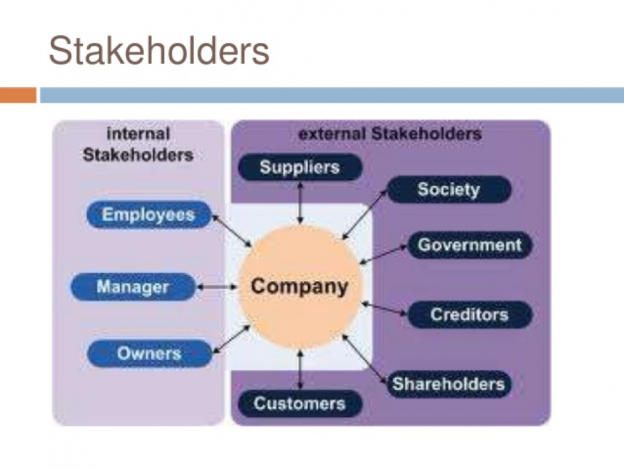Red Bull, what comes into your mind when you hear that name? Cars? Sports? Probably yes because you often see formulae ones and sporting gears sponsored by red bull (Aaker, 2017). Ask yourself, what purpose would you drink red bull for? I assume probably to do intense activities like skiing or parkour, as shown in Red Bull commercials; sometimes, you might also just want to feel the energy flowing into you. Would you believe me if I tell you that in Thailand, where red bull is originally from, Red Bull (or Krating daeng) is popular among labor workers, especially truck drivers on night shift. Referring to the picture above, you can see how Red Bull in Thailand is distributed in a medicine bottle fashion. The market in Thailand, in fact, does not associate red bull with sports, but with labor work. Same exact drink; two totally different perceptions. How does the market dictate branding? Let’s take a look
Thailand, a Buddhist country with reserved culture; plus, has a labor intensive economy (Taylor & Francis, 2017). Red Bull’s marketed role in Thailand is to be the energy and spirit for workers to be able to support their family (Ktd-spirit.com, 2017). This marketing scheme was effective because the concept of giving back and supporting one’s family/parents is culturally embedded in teachings to Thai people. Therefore, by utilizing the subconscious cultural logic of Thai people, it had become one of the most popular energy drink in Thailand. If you were to associate red bull with sports and cars like in the international brand image, Thai people will not relate to that sort of marketing scheme because of their reserved culture. If Thai people are really sporty and likes to adventure, then by now, the branding of Red Bull in Thailand would have already changed, but it didn’t.
On the other hand, in the international (western) market, where Red Bull made most of its fortune, the marketing scheme was adjusted to suit the adventurous and extreme culture of western people.
Therefore, as seen, having a marketing scheme that reflects the culture of the customer base is a crucial component in Red Bull’s success. This marketing phenomenon could be applied in any business; here are my two cents for marketing success:
- The brand image must be understood throughout the corporation for all employees in every unit to work towards one common goal.
- The business must be vigilant of the consumer behavior and culture that may change over time. It is crucial to assess the surroundings and adapt as necessary. The business should never be in standstill as success is never measured from one snapshot.
Sources:
Ktd-spirit.com. (2017). Kratingdaeng Spirit กระทิงแดง สปิริต จุดพลังใจ ขับเคลื่อนสังคมไทย. [online] Available at: http://www.ktd-spirit.com/home.php [Accessed 26 Sep. 2017].
Aaker, D. (2017). Red Bull: The Ultimate Brand Builder | Aaker on Brands. [online] Prophet Thinking. Available at: https://www.prophet.com/thinking/2013/05/140-red-bull/ [Accessed 26 Sep. 2017].
Taylor & Francis. (2017). Labor-intensive industries in middle-income countries: traps, challenges, and the local garment market in Thailand. [online] Available at: http://www.tandfonline.com/doi/abs/10.1080/13547860.2014.880283 [Accessed 26 Sep. 2017].
Featured Image Source:
Traveldudes.org. (2017). The Original Red Bull in Thailand. [online] Available at: http://www.traveldudes.org/travel-tips/original-red-bull-thailand/62440 [Accessed 26 Sep. 2017].
Word Count: 444

